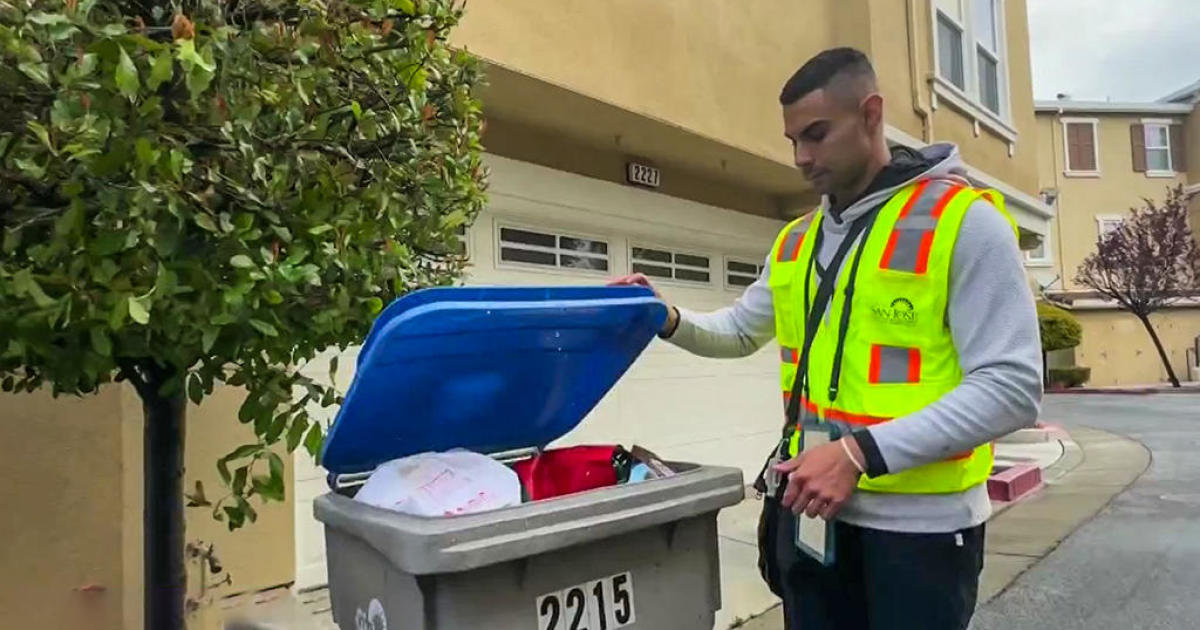PG&E shows off new Tesla battery project in Moss Landing
MOSS LANDING -- State officials have recently warned that energy supplies may again fall short on the hottest days this summer and during the years to come. But on Monday, PG&E showed off its new battery project with Tesla that could help solve the problem.
But while every battery helps, California is going to need a lot more of them.
"Yes, that's the batteries you are hearing," said PG&E's Alan Prior, standing next to a large bank of Tesla batteries. "There are fans in the top to cool everything down, so you are hearing fans running. And as we go to peak load it does get louder. It sounds like a swarm of bees."
Below the decommissioned towers of what was once California's largest power plant, PG&E cut the ribbon on its Moss Landing storage facility. It's made up of 256 Tesla megapacks that act as one large battery for the state grid.
"Off site from here, sometimes many miles away, is a solar plant that's generating right now," Prior explained. "That should go to a customer. If it's not going to a customer, then Cal ISO can say 'Elkhorn, start absorbing that power. Breathe it in.'"
And when it started breathing a few weeks ago, it immediately became PG&E's largest storage facility.
"So the 182.5 megawatts that Elkhorn provides can power 250,000 homes," said PG&E CEO Patti Poppe. "Typical utility installations have been in the 10, maybe 50 megawatts was a big one. 182 is an extraordinary project."
"We are able to store some energy," said Lucas Davis, a professor and researcher at UC Berkeley's Energy Institute. "But even with a facility of that size, it's still a relatively small amount of energy. It's a big challenge as we move from natural gas and fossil fuels to renewables. Storage is important."
Davis says a site like this is progress. The challenge is scale.
"These lithium ion batteries, they have come down and cost a lot," Davis said of the technology. "That's what's allowing EV's to happen. But to do this in an electricity market, it's just a whole other scale. We use vast amounts of electricity, with the air conditioners, and other forms of electricity. We're not anywhere near having enough storage to smooth out daily, let alone seasonal variability in electricity supply."
There is an entirely different battery project on the plant property. It's owned by a 3rd party and it may be the largest in the world, but it's had some problems and has been offline. PG&E's Tesla system is said to be up and working as expected.





